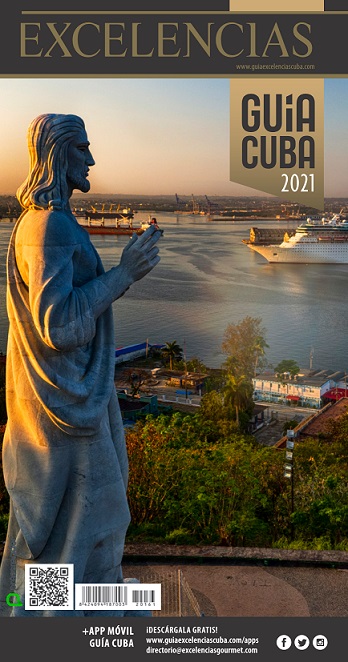St. Lucia is an independent state of the British Commonwealth located in the Leeward Islands of the Lesser Antilles, south of Martinique and north of St. Vincent. This volcanic-origin island is run through from north to south by mountain range and covered by heavy tropical forest. Like in other Caribbean islands, St. Lucia is one of the latest treasures dug out in the Caribbean. Arawak Indians were the first dwellers of the territory. As years rolled on, the island has been blessed with peerless cultural values, historic attractions and natural virtues, coupled with the memories of the times when it was both a French and British colony. Its capital and main port is Castries. Among the most astonishing archeological dregs, visitors could visit Fort Charlotte in Morne, and the former Cathedral of the Immaculate Conception. Soufrière is the old French capital of the island with a strong influence still seen in its architecture. Vieux Fort is the island’s second-largest port and has one its airports. The city is close to the natural reserve of Maria Islands. Its highest peak is Gimie Mount, made up of a gorgeous pair of twin volcanic knolls in the southeastern part of the island: the Petit Pito and the Gros Piton. Other attractions are the Dimante Waterfalls of mineral water. Travelers can also tour natural reserves and mangroves inhabited by abundant tropical flora and wildlife. Here, nature is marked by beautiful beaches that combine their freshness with the windy heights of its volcanic soil. Two of the most famous ones are Anse Chastanet and Anse Cochon. Travelers driving south of Soufrière can visit Jalousie Bay, while neat the Castries port they find La Toc Bay, another beach of gray sands, and Reduuit Beach caught between Choc Bay and Pigeon Point, all of them outfitted with an assortment of hotel offers and other choices. There are lots of outdoor activities on the island. Chances of practicing different sports are plentiful. There are golf courses, sport centers and others for nautical activities. Bicycle rentals, horseback rides and contests are galore. On the other hand, St. Lucia hosts the annual world-class Jazz Festival.






